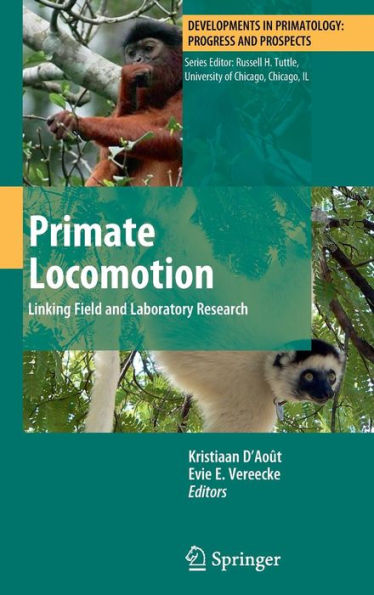5
1
9781441914194



Primate Locomotion: Linking Field and Laboratory Research / Edition 1 available in Hardcover, Paperback

Primate Locomotion: Linking Field and Laboratory Research / Edition 1
- ISBN-10:
- 1441914196
- ISBN-13:
- 9781441914194
- Pub. Date:
- 12/06/2010
- Publisher:
- Springer New York
- ISBN-10:
- 1441914196
- ISBN-13:
- 9781441914194
- Pub. Date:
- 12/06/2010
- Publisher:
- Springer New York

Primate Locomotion: Linking Field and Laboratory Research / Edition 1
$169.99
Current price is , Original price is $169.99. You
169.99
In Stock

Product Details
| ISBN-13: | 9781441914194 |
|---|---|
| Publisher: | Springer New York |
| Publication date: | 12/06/2010 |
| Series: | Developments in Primatology: Progress and Prospects |
| Edition description: | 2011 |
| Pages: | 364 |
| Product dimensions: | 6.30(w) x 9.20(h) x 1.00(d) |
From the B&N Reads Blog
